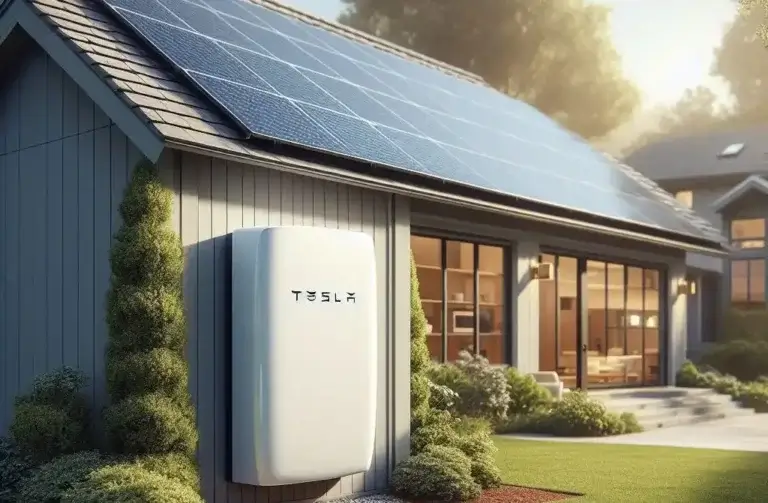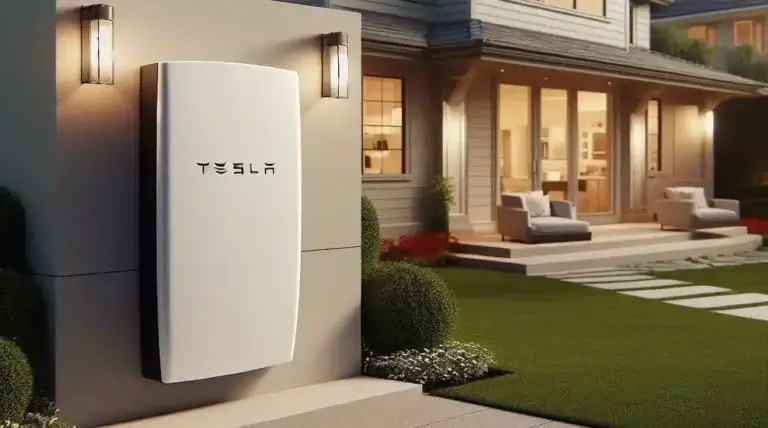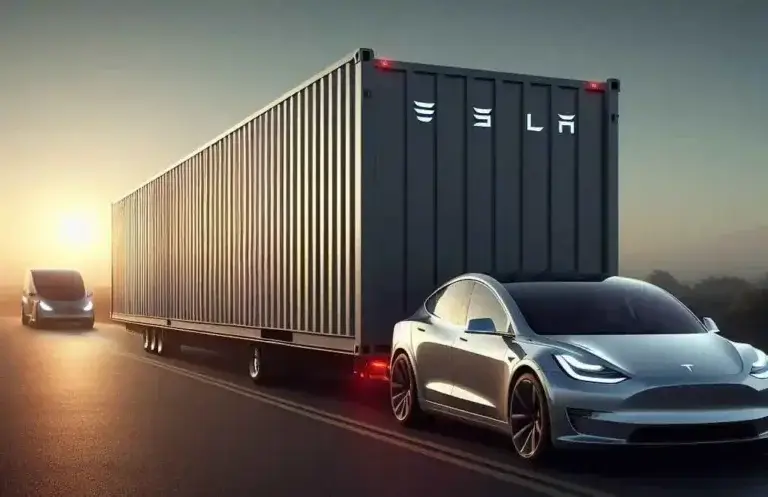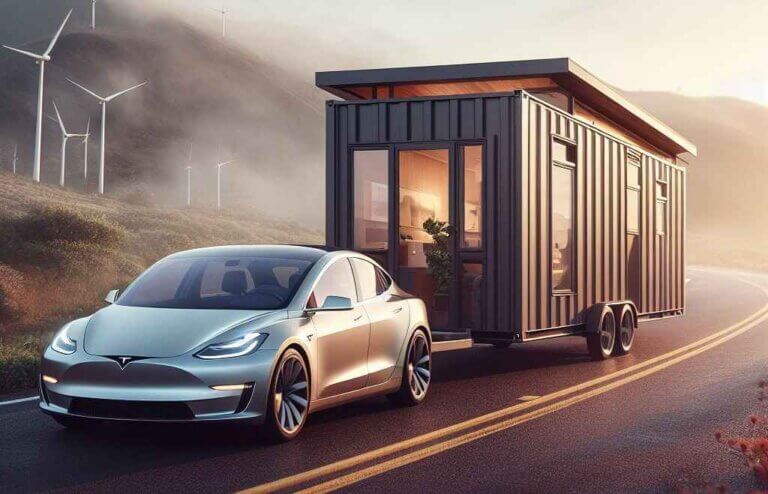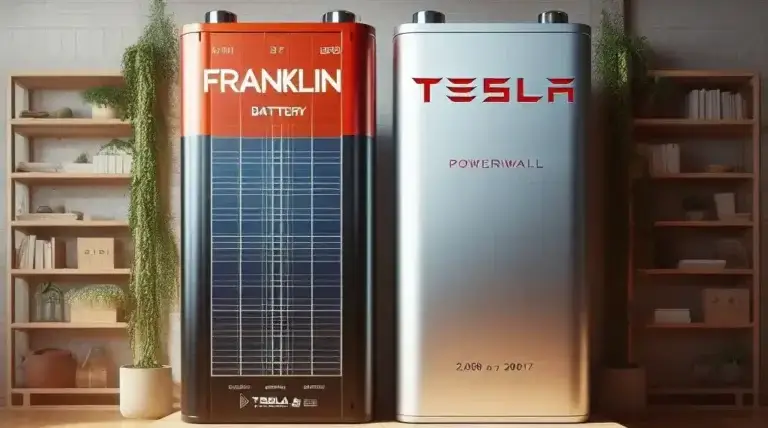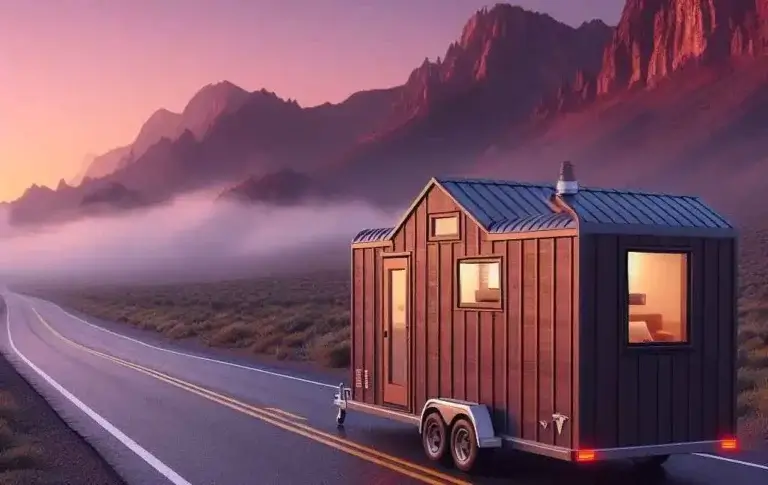Tesla Wall Charger 6/2 or 6/3?: Choosing the Right Wire Size
Are you a proud Tesla owner or planning to become one soon? Congratulations! As an electric vehicle (EV) owner, you’ll want to ensure that you have the right charging solution for your Tesla, and that’s where the Tesla Wall Charger comes into play. But with so many options available, it can be confusing to choose the right wire size for your installation. In this comprehensive guide, we’ll help you navigate the world of Tesla Wall Chargers and provide you with all the information you need to make an informed decision about Tesla Wall Charger 6/2 or 6/3.
Table of Contents
Understanding the Tesla Wall Charger
The Tesla Wall Charger, also known as the Tesla Wall Connector or the Gen 3 Tesla Charger, is a level 2 electric vehicle supply equipment (EVSE) designed specifically for Tesla vehicles. It allows you to charge your Tesla at home more quickly than a standard 120V household outlet, providing a charge rate of up to 48 amps (depending on the breaker size and the vehicle’s charging capacity).
Why Choose a Tesla Wall Charger?
Opting for a Tesla Wall Charger offers several benefits over using a standard household outlet:
- Faster Charging: A Tesla Wall Charger can provide up to 48 amps of charging power, significantly reducing the time it takes to fully charge your Tesla.
- Convenience: With a hardwired installation, you won’t have to worry about unplugging and storing a charging cable every time you need to charge your vehicle.
- Safety: The Tesla Wall Charger is designed with safety in mind, with features like ground fault protection and overload protection, ensuring a safe and reliable charging experience.
Choosing the Right Wire Size: 6/2 or 6/3
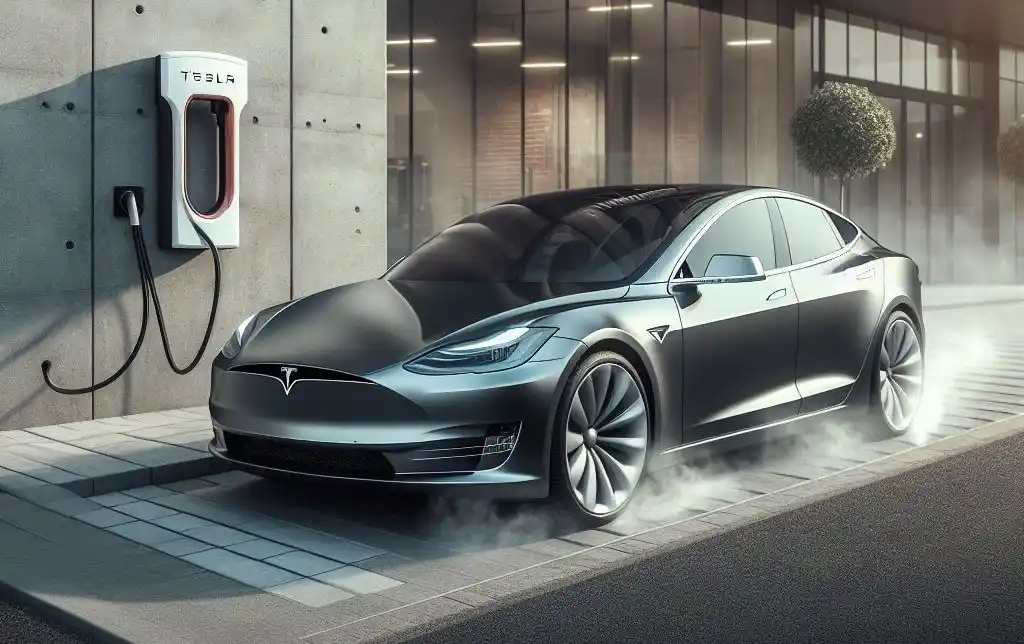
When it comes to installing a Tesla Wall Charger, one of the most common questions is whether to use a 6/2 or 6/3 wire. The number refers to the gauge (thickness) of the wire and the number of conductors it contains.
6/2 Wire
A 6/2 wire, also known as Romex or NM-B, is a common type of electrical wire used for residential and light commercial installations. It consists of two insulated conductors (one hot and one neutral) and a bare copper ground wire. The “6” refers to the American Wire Gauge (AWG) size, indicating that the conductors are 6 AWG, which is a relatively thick wire suitable for carrying higher amperage loads.
6/3 Wire
A 6/3 wire, on the other hand, has three insulated conductors (two hot conductors and one neutral) and a bare copper ground wire. Like the 6/2 wire, the “6” refers to the AWG size of the conductors.
Which Wire Size Should You Choose?
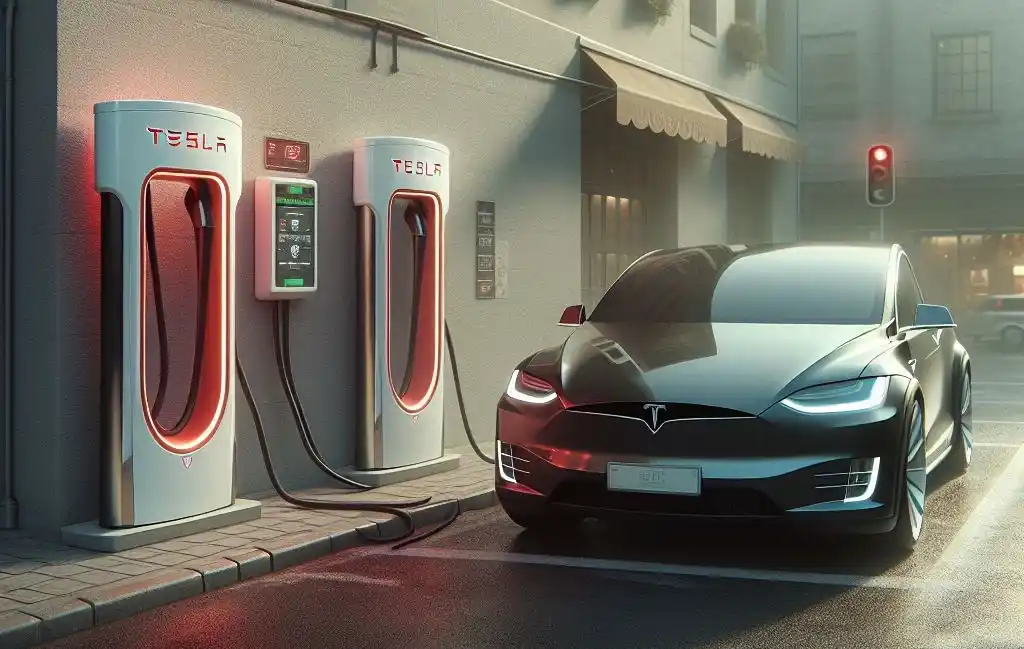
The choice between a 6/2 or 6/3 wire for your Tesla Wall Charger installation depends on the specific requirements of your electrical system and the Tesla Wall Charger model you’re using.
Tesla Wall Charger Models and Wire Requirements
- Gen 2 Tesla Wall Charger: The Gen 2 Wall Charger requires a 6/3 wire because it has a split-phase 240V configuration, which uses two hot conductors and one neutral conductor.
- Gen 3 Tesla Wall Charger: The Gen 3 Wall Charger can work with either a 6/2 or a 6/3 wire. If you’re installing a new circuit for the Gen 3 Wall Charger, a 6/2 wire is typically recommended, as it’s more common and easier to find. However, if you’re upgrading an existing circuit that already has a 6/3 wire, you can use the existing wire to save time and money.
Factors to Consider
When deciding between a 6/2 or 6/3 wire for your Tesla Wall Charger installation, consider the following factors:
- Amperage Requirements: The Tesla Wall Charger can support charging rates of up to 48 amps, but the actual charge rate will depend on the size of the circuit breaker you install. Both 6/2 and 6/3 wires can handle the required amperage for a Tesla Wall Charger installation.
- Existing Electrical System: If you’re upgrading an existing circuit, it’s generally easier and more cost-effective to use the existing wire size, whether it’s 6/2 or 6/3.
- Local Electrical Codes: Always check with your local electrical codes and an experienced electrician to ensure that your installation complies with all regulations and safety standards.
Preparing for Your Tesla Wall Charger Installation
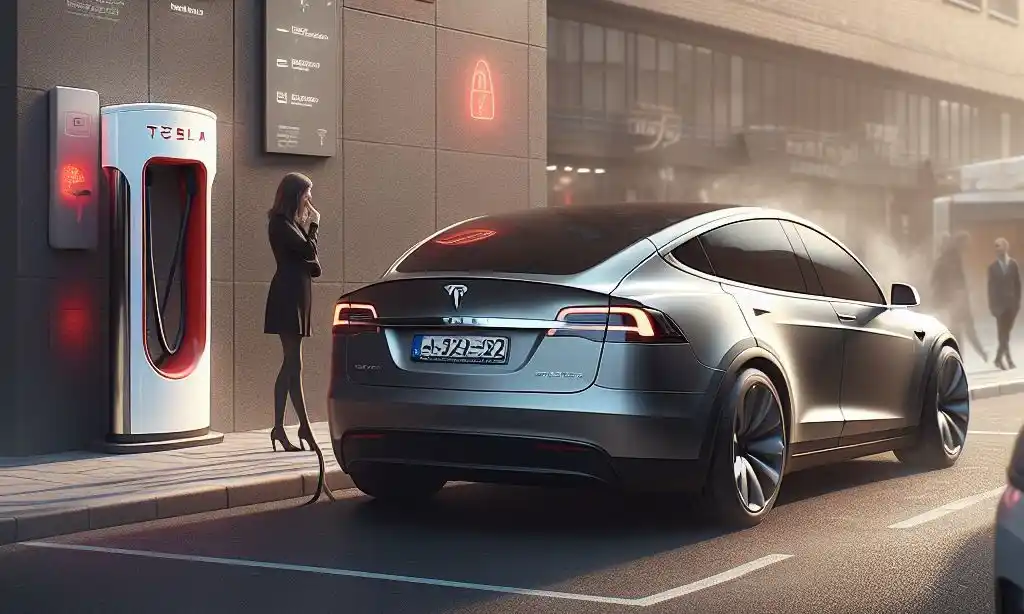
Before you begin the installation process, there are a few essential steps to take:
1. Hire a Licensed Electrician
Installing a Tesla Wall Charger requires expertise in electrical work, so it’s crucial to hire a licensed and experienced electrician to handle the installation. They can assess your electrical system, determine the appropriate wire size, and ensure that the installation meets all safety standards and local codes.
2. Obtain Necessary Permits
Depending on your local regulations, you may need to obtain permits before beginning the installation. Your electrician can guide you through this process and ensure that all necessary paperwork is in order.
3. Plan the Installation Location
Choose a suitable location for your Tesla Wall Charger installation, taking into account factors such as proximity to your Tesla’s parking spot, accessibility, and potential obstructions. Your electrician can help you determine the optimal location based on your specific circumstances.
4. Gather the Necessary Materials
In addition to the appropriate wire size (6/2 or 6/3), you’ll need a dedicated circuit breaker (typically 60 amps or 50 amps), a conduit for running the wires, and any other necessary hardware and connectors. Your electrician can provide you with a comprehensive list of materials required for your specific installation.
Tesla Wall Charger Installation Considerations
During the installation process, there are a few key considerations to keep in mind:
1. Circuit Breaker Size
The size of the circuit breaker you choose will determine the maximum charge rate your Tesla Wall Charger can deliver. A 60-amp breaker will allow for a maximum charge rate of 48 amps, while a 50-amp breaker will limit the charge rate to 40 amps. Choose the breaker size based on your charging needs and the capacity of your electrical system.
2. Wire Routing
Your electrician will need to route the wire from the breaker panel to the Tesla Wall Charger location, ensuring that it’s properly protected and meets all code requirements. This may involve running the wire through conduit or using existing electrical pathways.
3. Wall Connector Installation
The Tesla Wall Charger itself needs to be properly installed and secured to the wall or a mounting post. Your electrician will follow the manufacturer’s instructions to ensure correct installation and operation.
4. Inspections and Approvals
Depending on your local regulations, you may need to have your Tesla Wall Charger installation inspected and approved by a local electrical inspector. Your electrician can guide you through this process and ensure that all necessary inspections are completed.
FAQs: Tesla Wall Charger 6/2 or 6/3
1. Can I use a 6/3 wire for the Gen 3 Tesla Wall Charger?
Yes, you can use a 6/3 wire for the Gen 3 Tesla Wall Charger. While a 6/2 wire is typically recommended for new installations, a 6/3 wire will also work with the Gen 3 Wall Charger. If you’re upgrading an existing circuit that already has a 6/3 wire, you can use it to save time and money.
2. What is the minimum wire size for a Tesla Wall Charger?
The minimum recommended wire size for a Tesla Wall Charger is 6 AWG (American Wire Gauge). Using a smaller gauge wire may not be able to handle the amperage required for proper charging, and it could pose a safety risk.
3. Can I use aluminum wire for a Tesla Wall Charger installation?
No, it is not recommended to use aluminum wire for a Tesla Wall Charger installation. Copper wire is the standard for residential and light commercial electrical installations, as it provides better conductivity and is less prone to issues like oxidation and corrosion.
4. How far can I run the wire for a Tesla Wall Charger installation?
The maximum distance for running the wire will depend on the wire size and the amperage you’re trying to deliver. Generally, a 6 AWG wire can be run up to around 80-100 feet without significant voltage drop. However, it’s best to consult with your electrician to determine the optimal wire run based on your specific installation requirements.
5. Do I need a dedicated circuit for the Tesla Wall Charger?
Yes, it is highly recommended to use a dedicated circuit for your Tesla Wall Charger installation. Sharing a circuit with other high-load appliances may cause the breaker to trip or lead to insufficient charging power. A dedicated circuit ensures reliable and consistent charging performance.
6. Can I use a 40-amp breaker for my Tesla Wall Charger?
While it’s technically possible to use a 40-amp breaker for a Tesla Wall Charger, it’s not recommended. A 40-amp breaker will limit the maximum charge rate to 32 amps, which is lower than the Wall Charger’s maximum capacity. For optimal charging performance, it’s better to use a 60-amp or 50-amp breaker, depending on your specific requirements and local electrical codes.
7. Do I need a neutral wire for my Tesla Wall Charger installation?
Yes, a neutral wire is required for a Tesla Wall Charger installation. The Wall Charger needs both a hot and a neutral conductor to operate properly. Using a 6/3 wire ensures that you have a dedicated neutral conductor, while a 6/2 wire also provides a neutral conductor along with the hot and ground wires.


